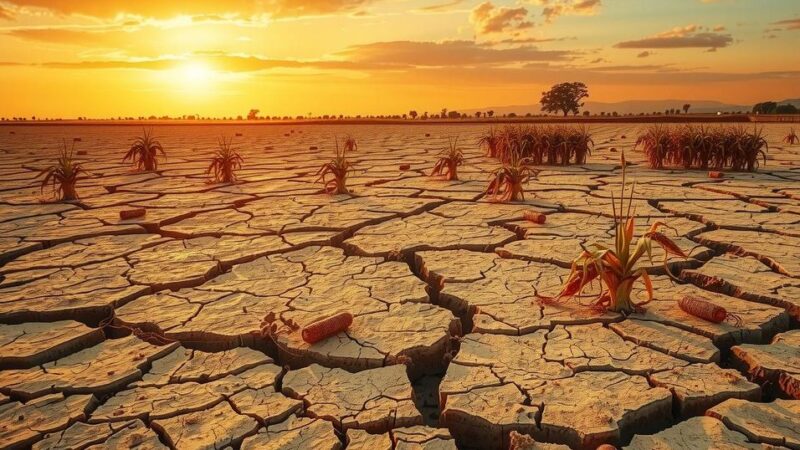- ‘Chile Water Plunge’ raises alarm over resource scarcity.
- Farmers are particularly affected due to drying crops.
- Grassroots movements push for sustainable water practices.
Overview of Chile’s Water Crisis and Its Causes
In a striking turn of events, Chile has witnessed a remarkable decline in its water levels, sparking concerns over water usage and environmental impacts. The phenomenon, termed the ‘Chile Water Plunge,’ has raised alarms among local farmers and citizens alike, who rely heavily on this crucial resource for agriculture and daily living. Experts say that climate change, along with prolonged droughts, have contributed significantly to this dire situation, leaving communities scrambling for solutions.
Consequences on Agriculture and Local Communities
The repercussions of the ‘Chile Water Plunge’ have extended beyond mere inconvenience, affecting various sectors including agriculture, drinking water supplies, and local ecosystems. Farmers, in particular, find themselves in precarious situations as crops wilt under the scarcity of irrigation, sparking fears of a potential food crisis. In response, the government is now prioritizing water management strategies and considering both short-term and long-term measures to address these challenges as well as to ensure that communities have the resources they need for sustainability moving forward.
Community Initiatives for Sustainable Water Management
As the crisis unfolds, grassroots movements are gaining momentum, with citizens advocating for more sustainable practices and better resource management. There’s a compelling push for policies that would not only address the immediate deficits but also protect and enhance water resources in the future. Collectively, these efforts signal a broader acknowledgment of water’s value and the urgent need for collective action in diminishing water levels across Chile and other similarly affected regions.
The ongoing ‘Chile Water Plunge’ highlights the grave implications of dwindling water resources, emphasizing urgent collective action for sustainable water management practices. Farmers face significant challenges due to water scarcity, while governmental and community responses are shaping the path forward to safeguard resources. The need for immediate and sustainable solutions is clearer than ever as communities brace for the future.






